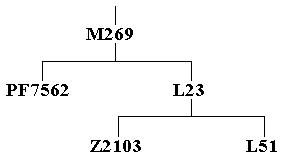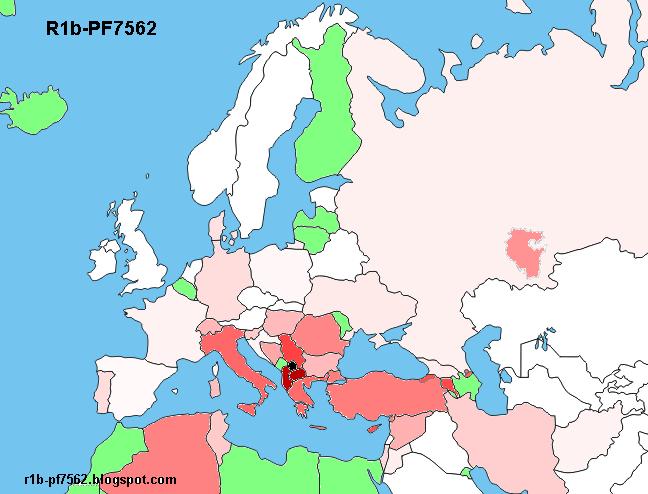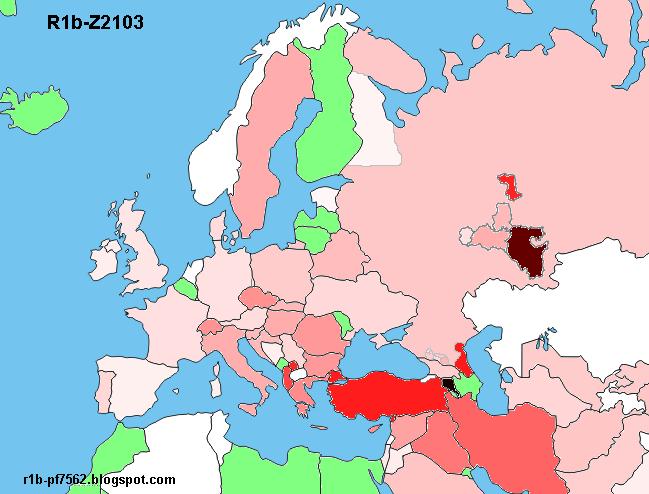ToBeOrNotToBe
Regular Member
- Messages
- 1,110
- Reaction score
- 138
- Points
- 0
Hmm. Just a couple of days ago you were saying Albanian comes from the Carpathians. Vladimir Orel, who is a proponent of this theory finds almost no Armenian isoglosses with Albanian (only 4). This would make what you are saying a bit difficult.
Genetically speaking, the ancient balkan J2b2-L283 being steppe enriched makes it difficult. Likewise the relative lack of EV13 in Armenia and it more likely being Balkanic is also difficult. R1b-Z2013 also found in croatia is dated 2700BC, which would be quite an ancient entry if you are arguing that albanian was from anatolia.
There are things which could be relevant here if bell beakers, etc are being discussed. Albanians are the dinaric population par excellence (bell beakers were dinaric).
In the balkans, Albanians have the highest R1b-Pf7562 (very rare), R1b-m269(xl51), and among the highest Z2103 also. The distributions because of the diversity cannot reasonably be argued to be inflated by sample size or founder effects.
Neither do these distribution support ottoman related late entry as the distribution of these groups would be higher in Turkey, and ancient Z2103 has been found in Croatia dated 2700BC.
The lack of these specific Albanian R1b clades in south slavs also testifies to their presence since at least deep antiquity, or at the very confirmed least: pre slav migrations.
Kosovo Albanians also seem to have the highest concentration of these R1b clades (oldest copper axe in europe found in Prokuplje near Kosovo border in a Vinca site)
All these things are some issues with Albanian being part of a Albano-Greco-Armenian language group entering with Iran_Neo/CHG through anatolia.



source: http://r1b-pf7562.blogspot.com/
Btw can somebody explain to me why this region in Russia is also showing up as having high percentages also with J2b?

I think that's the Bashkirs, they also have a lot of Z2103. This is evidence of sorts for a migration of men from the Caucasus to the Steppe, some of which carried Y DNA J2b (and the rest Z2103). The reason for Balkan Y DNA J2b is then likely the same as the reason they have Y DNA Z2103 - from the Yamnaya expansion, but I'd have to look more into the phylogeny and I can't be bothered.


